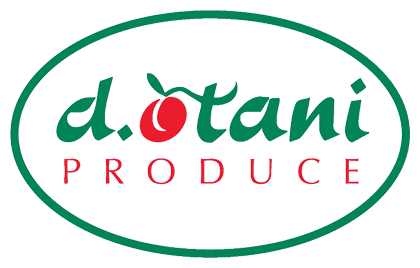The produce industry is in a unique position when it comes to the newest question buzzing through the marketing world — What is your origin story? In case you need a refresher, the definition of origin is the point or place where something begins, arises or is derived.
Do a Google search for origin story and you are most likely to come across this phrase as it relates to our favorite characters in today’s latest Avengers movie. The origin stories of these characters are integral in the storyline identifying how the characters gained their individual powers. As moviegoers, we better understand the decisions and actions of these superheroes because we know their origin story.
So, how do we translate the origin story of superheroes to selling produce?
Shoppers are becoming more and more savvy when it comes to understanding the origin behind their food; they want to know exactly what makes something unique. They want to understand how and why it’s grown, where it’s grown, how it’s processed and how it ends up in their grocery store.
Everyone from my Gen Z cousin to my Baby Boomer father have posed questions directly to me in conversations about where their produce comes from and why or how it’s in their store at certain times of the year.
While it is true shoppers love locally grown items, these are also the same shoppers who appreciate knowing the origin of produce outside of their growing region. The industry is doing a better job of story-telling, but we have a long way to go.
How do you tell your origin story?
You might be thinking your brand’s origin story box is checked and is nice and neatly uploaded to the About Us section of the company website. Today’s shopper is looking for something more than a bulleted list that falls in line with the standard About Us template.
Your origin story is a deeper look into your core foundation. What sets you apart? Why are you passionate about what you do? Why is your growing region unique? Why is your store and the products you choose to sell best for them? Who are your employees and why do they care about your brand?
Think about reading a book. Are you presenting a page turner or an encyclopedia? Just saying this product is grown on a farm in Florida doesn’t cut it. Now, describing everything from the feeling of the air to the richness of the soil, the history of the land and the unique people that come together to create the end product, that’s an origin story.
As a Vidalia onion grower, Shuman Farms, the parent company of Produce for Kids, has a unique story to tell when it comes to their product. The Vidalia onion sets itself apart as it is derived from the combination of weather, water and soil uniquely found within 20 south Georgia counties and usually only available April to August.
Combining the unique growing region, the sweet taste, the family history behind the Shuman Farms brand and showcasing this to shoppers in unique ways like recipe demonstrations and in-store events has been successful.
When someone feels a connection or can relate to your company they’re more likely to purchase your product. Creating a hook through your origin story is one many brands, like Amazon, Apple and Toms Shoes, have been able to successfully do.
A great way to showcase an origin story is through “Did You Know” facts about your brand. For example, “Did you know Vidalia onions are only grown in 20 south Georgia counties,” or “Did you know that our Vidalia onions are harvested by hand?” These fun facts give shoppers a better understanding of the brand, but also interesting information to share with others.
Produce brands can create origin story centric toolkits that include social media posts and graphics that a retailer can utilize on social media channels. Use of toolkits differ from retailer to retailer, but having the tools in place and readily available is important.
People want transparency. They want to know about your roots (pun intended). This might mean we need to step outside our comfort zone and offer up that true origin story.
What makes your brand a superhero?
(Amanda Keefer is the managing director for Produce for Kids)

